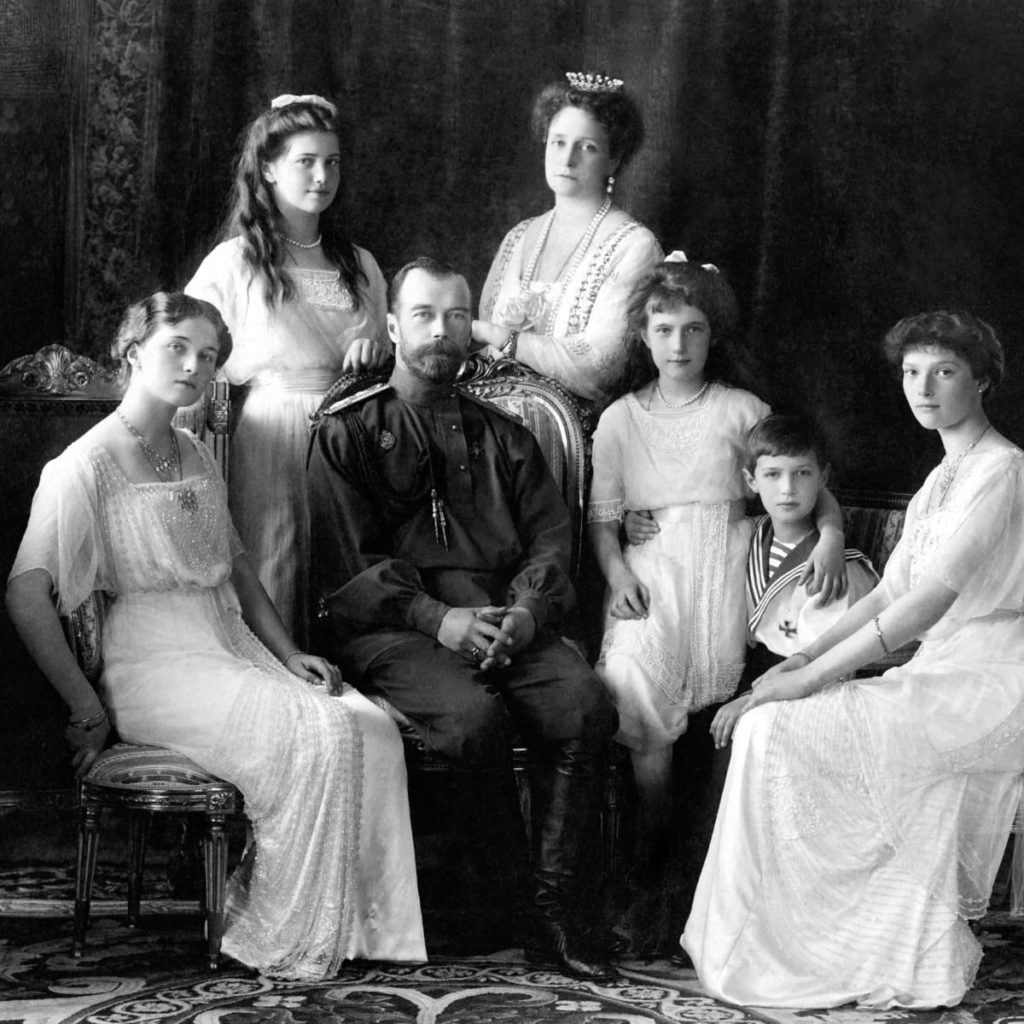The Lost Crown
Two months into the pandemic, and I have read 18 books so far this year. And… I’ve watched a ton of movies on iTunes! But I love reading. If you need to wean your teens away from the TV and video games, look into some interesting books for young readers. Here’s a historical novel, labeled juvenile fiction, about Alexis (also called Alexei, or Aleksei) the prince who had hemophilia.

The novel takes place in Russia, in the early 1900s. From August 1917 until the night of July 4, 1918, the four Grand Duchess daughters of Tsar Nicholas II and Empress Alexandra Feodorovna alternate documenting their lives at their castle called Tsarskoe Selo, in St. Petersburg, and then under house arrest at Tobolsk and Ekatininburg, in Siberia.
Each with a different perspective and their own distinct personality, Olga, Tatiana, Maria, and Anastasia relate daily occurrences in a diary format filled with much conversation, and some personal opinions. The four young women mention their younger brother, Tsarevich Aleksei Nikolaevich, who had hemophilia, on almost every page. They also comment frequently on their three dogs (Jemmy, Ortipo, and Joy), the staff and servants, and possible suitors. While maintaining a strong familial bond, the four Grand Duchesses, known as OTMA, also express their minor irritations of living in close proximity, and just being young adults. They were under constant watch by the guards, who were part of the Bolshevik revolution that eventually took over the largest country on earth. They thought they would eventually be released and allowed to leave Russia. But fate had another destiny for them.
Hemophilia is frequently mentioned, though not in great detail. Due to his hemophilia, Aleksei nearly died in Spala in 1912. Later in 1917, he had a swollen and knobby ankle. His illness is as “violent and temperamental as a volcano.” Aleksei had frequent pain and bruises. He moved about on his three-wheeled cycle and his wheelchair, or Nagorny, his sailor nanny, carried him. He had pain, cramps, and a hematoma on his hip in 1917. He can’t walk, so is carried or would sit in a wheelchair. In 1918 he bumped his knee, which became swollen. As Tatiana explained, “Hemophilia is not a disease that simply vanishes.” No indeed; thanks to the girls’ great-grandmother, Queen Victoria, hemophilia became known as “The Royal Disease.”
The book includes a two-page map, a four-page cast of characters, a two-page Russian Words & Phrases, one page for a note about dates, six pages of Romanov family photos, a four-page Author’s Note, and a bibliography. In the epilogue the author notes that DNA testing of Skeleton Number 6, one of a grand duchesses in the larger mass grave that was eventually found, was a carrier of type B hemophilia.
The Lost Crown was written in 2012 by the award-winning author of young adult fiction Sarah Miller, 2012. Get it for your young reader, and maybe even for yourself!
Thanks to our colleague and contributing writer Richard Atwood, from North Carolina.

